Two spot barb - Puntius cumingii
Scientific name: Puntius cumingii
Common name: Two spot barb
Family: Cyprinidae
Usual size in fish tanks: 4 - 5 cm (1.57 - 1.97 inch)
014
Recommended pH range: 5.5 - 6.5
Recommended water hardness: 4 - 18°N (71.43 - 321.43ppm)
0°C 32°F30°C 86°F
Recommended temperature range: 22 - 26 °C (71.6 - 78.8°F)
The way how these fish reproduce: Spawning
Where the species comes from: Sri Lanka
Temperament to its own species: peaceful
Temperament toward other fish species: peaceful
Usual place in the tank: Middle levels
Food and feeding
Two spot barbs are omnivores that feed on algae, plankton, and detritus in the wild. In the aquarium, they will readily accept high-quality flakes, micro pellets, and sinking wafers. Supplement their diet with blanched vegetables such as spinach or zucchini, and offer occasional treats like daphnia or brine shrimp. Ensure there's enough biofilm or algae in the tank, or add spirulina-based foods if algae levels are low.
Origin
Puntius cumingii is endemic to Sri Lanka, where it inhabits clear, slow-flowing forest streams and shallow rivers with soft, acidic water. These habitats are typically rich in leaf litter and aquatic vegetation.
Sexing
Mature males are slimmer and more vividly colored, especially during the breeding season. Females are rounder and generally less colorful.
Breeding
To breed two spot barbs, set up a separate dimly lit tank with soft, slightly acidic water and temperatures around 24–26 °C (75–79 °F). Add fine-leaved plants or spawning mops for egg deposition. These fish spawn in groups, so keeping an equal number of males and females increases success. After spawning, remove all adults to prevent egg predation. Eggs typically hatch within 24–48 hours, and fry become free-swimming after another 24 hours. Start feeding infusoria, then transition to newly hatched brine shrimp or fine powdered food.
Lifespan
Two spot barbs can live up to 6 years with proper care and a stable, well-maintained aquarium environment.
Short description
The two spot barb (Puntius cumingii) is a small, peaceful schooling fish ideal for softwater community aquariums. It is available in two color varieties—one with red fins and another with yellow fins. The red-finned variety prefers slower water flow and often forages near the substrate. These barbs are active, hardy, and enjoy swimming in groups of six or more. A planted tank with subdued lighting and soft substrate will help them feel secure and display their natural behavior.
Suitable tankmates
Due to their peaceful nature, two spot barbs can be kept with other gentle, similarly sized species that prefer soft, slightly acidic water. Recommended tankmates include:
- Ember tetras
- Harlequin rasboras
- Pygmy corydoras
- Honey gouramis
- Otocinclus
- Other peaceful barbs and softwater dwarf species
Recommended plants
These barbs thrive in aquariums with moderate to dense vegetation. Suitable plant choices that match their natural environment include:
- Java moss
- Cryptocoryne wendtii
- Hygrophila polysperma
- Anubias nana
- Floating plants to create shaded areas
Pictures
Bought by aqua-fish.net from jjphoto.dk.
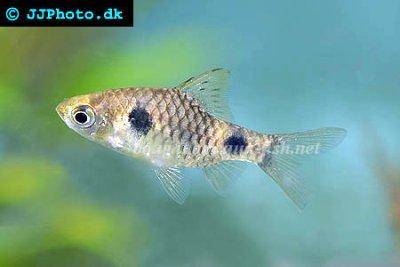



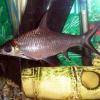 Bala
Bala 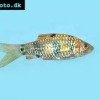 Spotted
Spotted 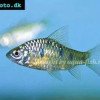 Golden
Golden 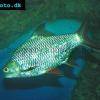 Tinfoil
Tinfoil  Congo
Congo 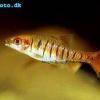 Blue-barred
Blue-barred 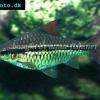 African
African  Butterfly
Butterfly 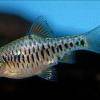 Olivegreen
Olivegreen 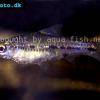 Morse
Morse 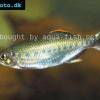 Jerdon’s
Jerdon’s 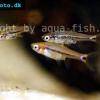 Mosquito
Mosquito 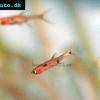 Dwarf
Dwarf 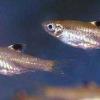 Eyespot
Eyespot 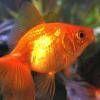 Goldfish
Goldfish  Penguin
Penguin 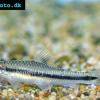 Siamese
Siamese  Koi
Koi 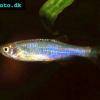 Pearl
Pearl 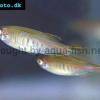 Glowlight
Glowlight 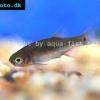 Crossbanded
Crossbanded  Yoma
Yoma 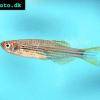 Orange
Orange 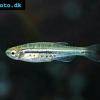 Dwarf
Dwarf 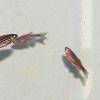 Zebra
Zebra 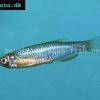 Rose
Rose 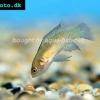 Red
Red 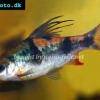 Arulius
Arulius 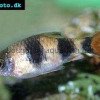 Tambraparni
Tambraparni 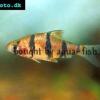 Fiveband
Fiveband 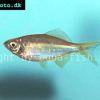 Bengal
Bengal 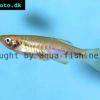 Tiger
Tiger 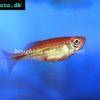 Malabar
Malabar 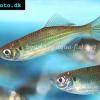 Queen
Queen 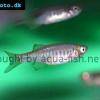 Hora
Hora 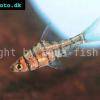 False
False 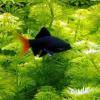 Redtail
Redtail 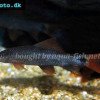 Rainbow
Rainbow 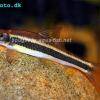 Flying
Flying 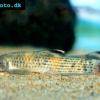 Garra
Garra 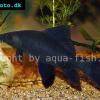 Black
Black 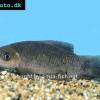 Purple
Purple 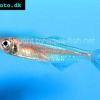 Burmese
Burmese 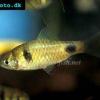 Dwarf
Dwarf  Isok
Isok 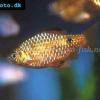 Rosy
Rosy 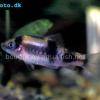 Melon
Melon 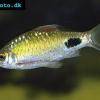 Black-spot
Black-spot 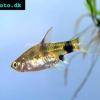 Golden
Golden 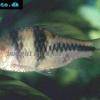 T-Barb
T-Barb 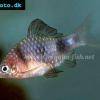 Ruby
Ruby 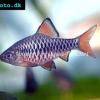 Checkered
Checkered  Rhomb
Rhomb 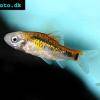 Gold
Gold 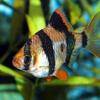 Tiger
Tiger 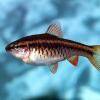 Cherry
Cherry 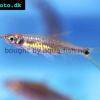 Brittan’s
Brittan’s 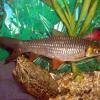 Greater
Greater 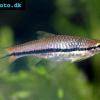 Long-band
Long-band 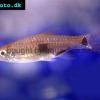 Twospot
Twospot 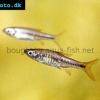 Reticulate
Reticulate 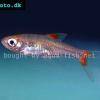 Cherry
Cherry 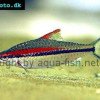 Denison
Denison 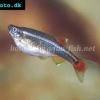 White
White 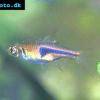 Lambchop
Lambchop 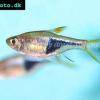 Harlequin
Harlequin